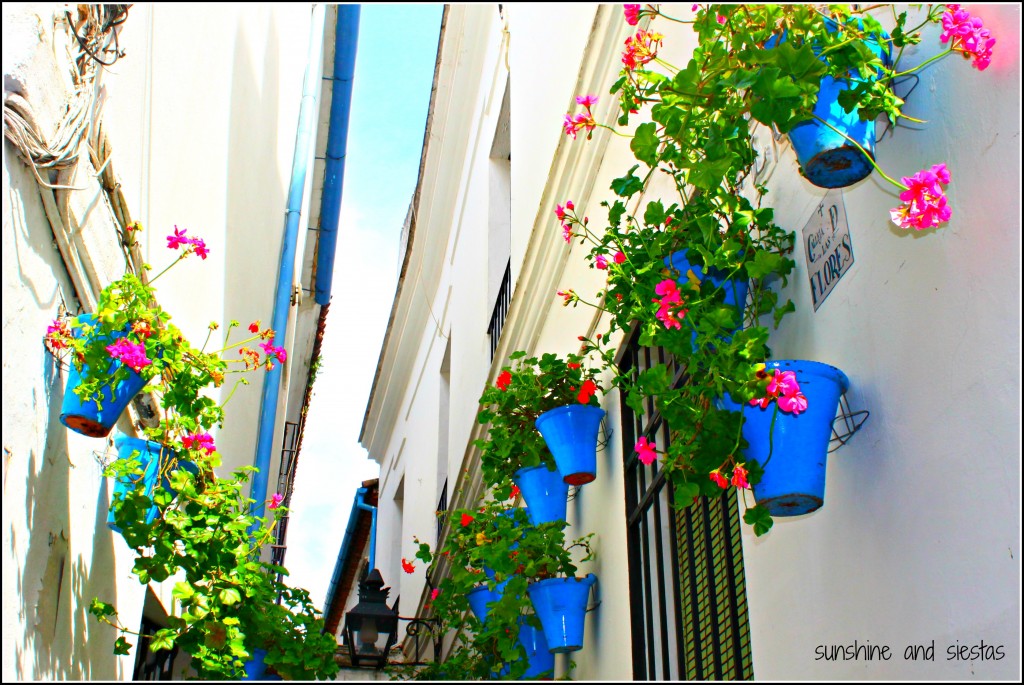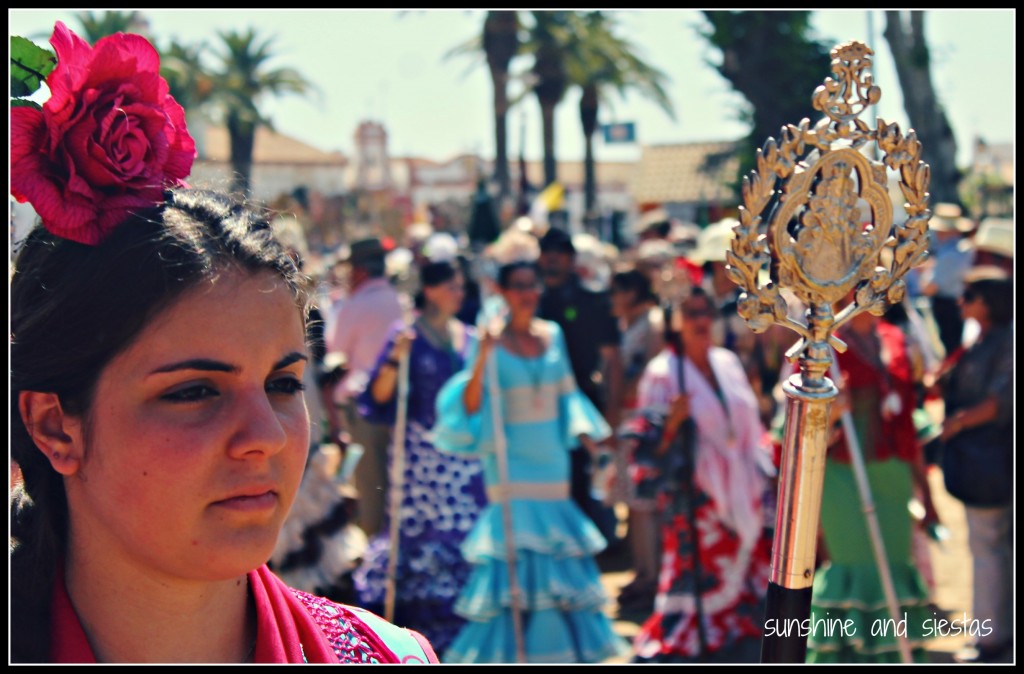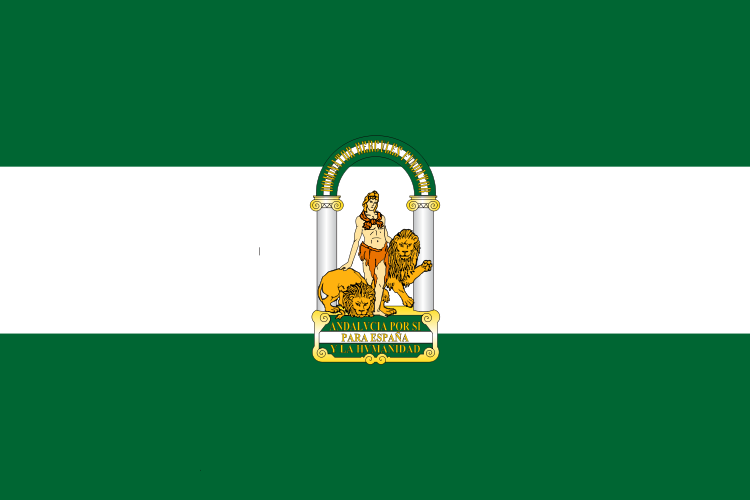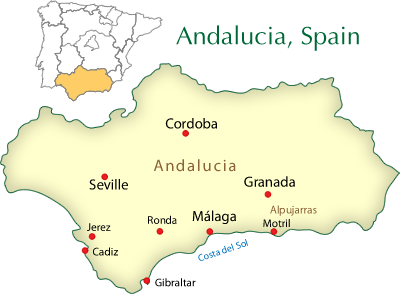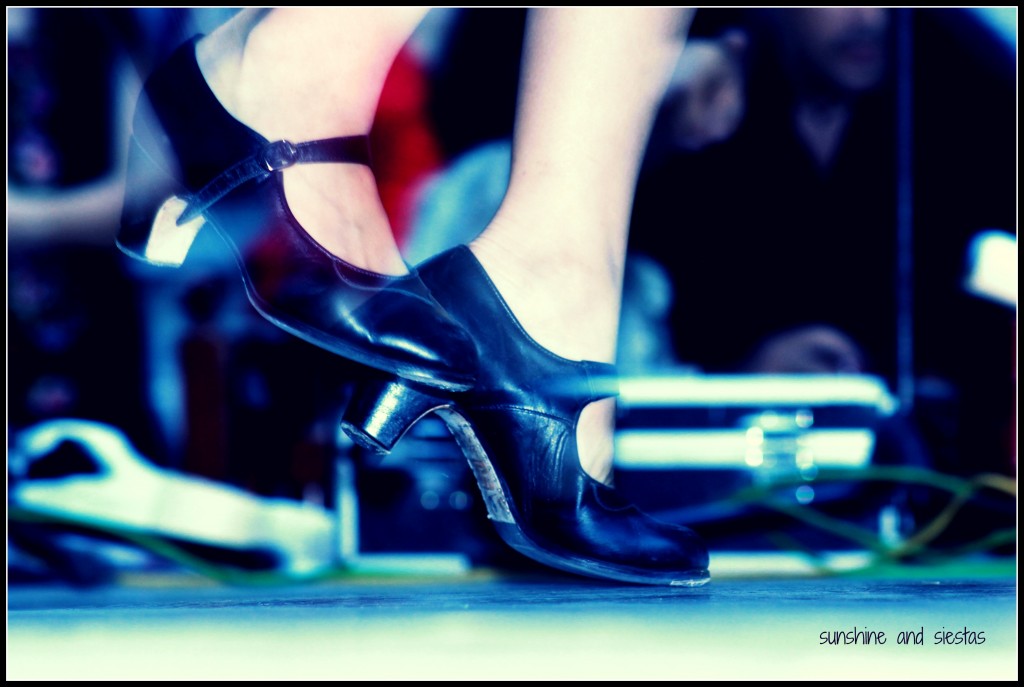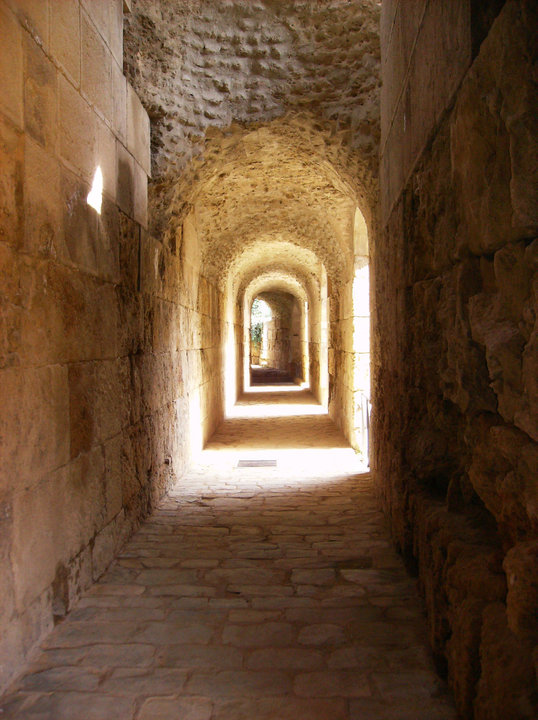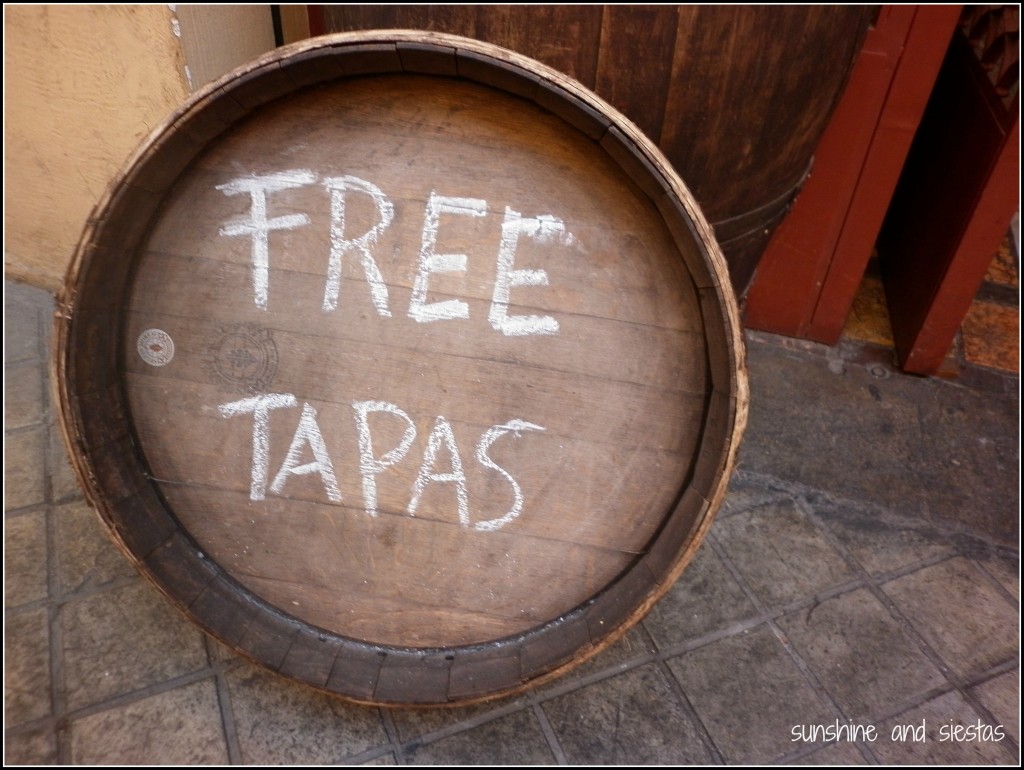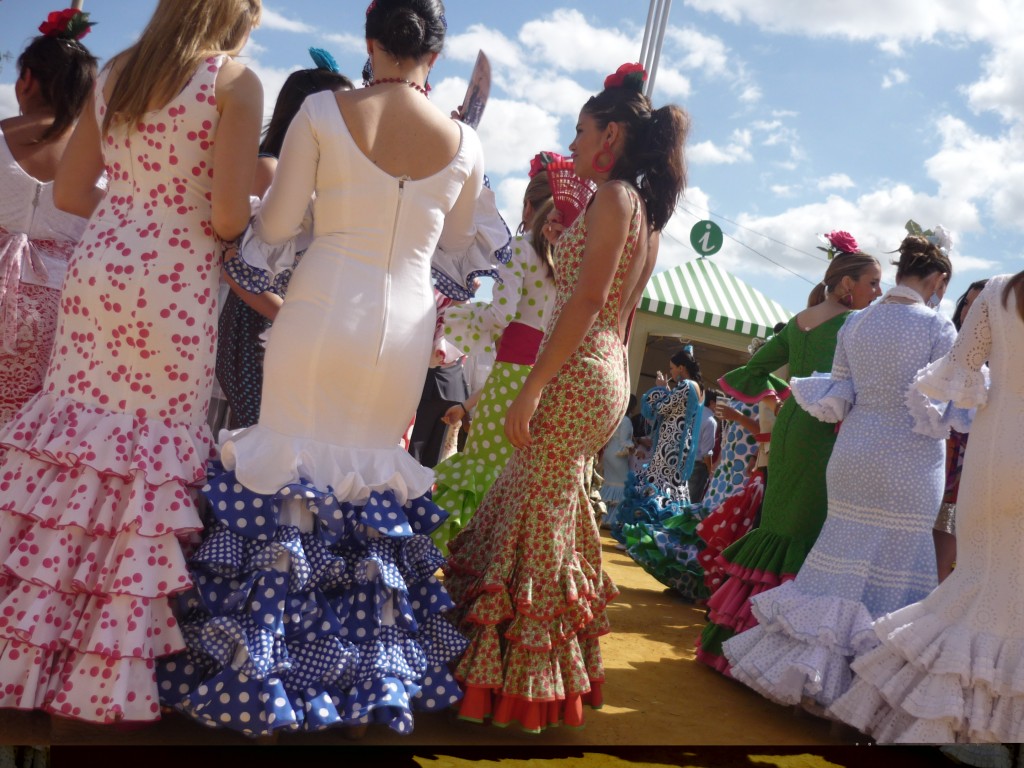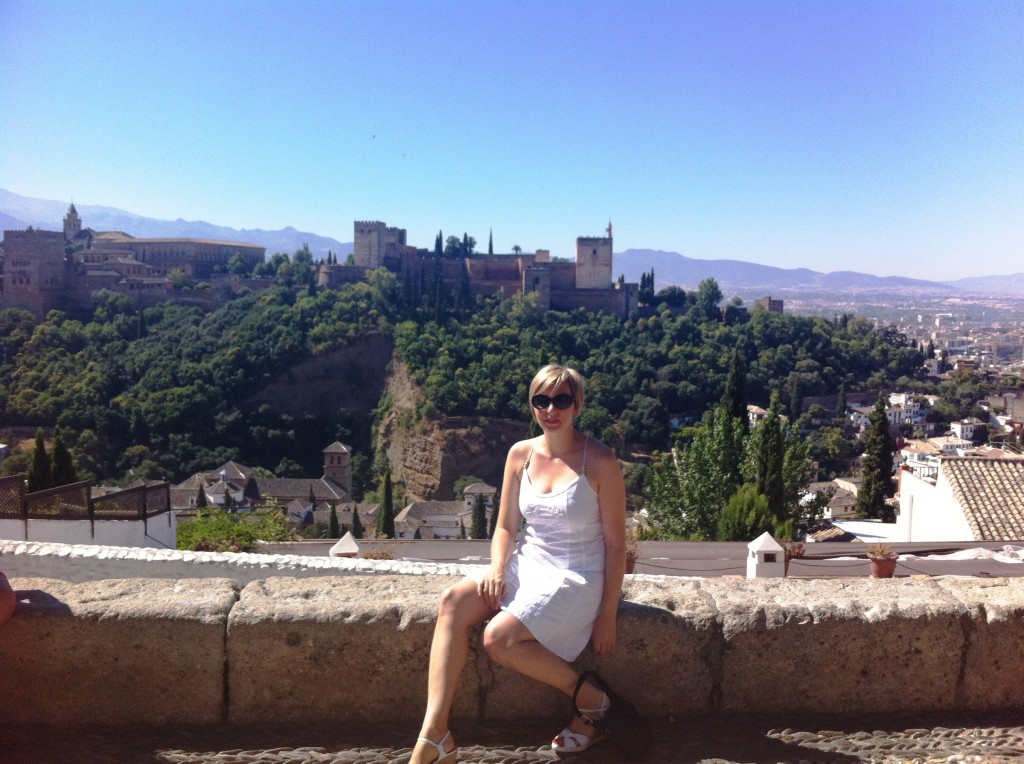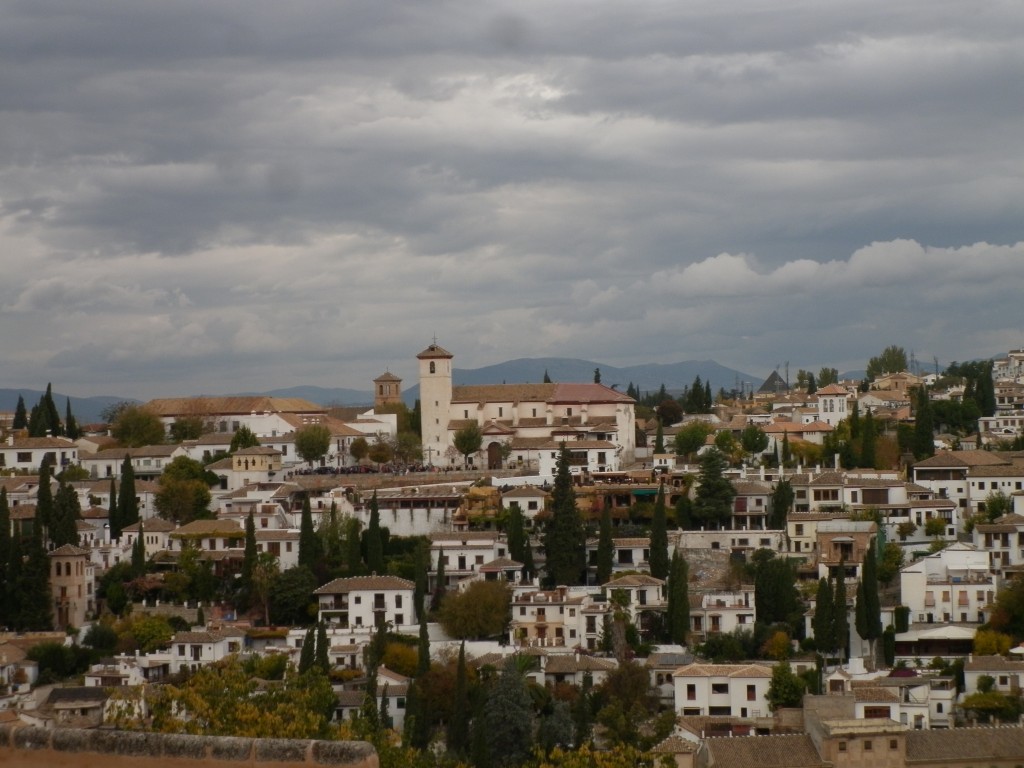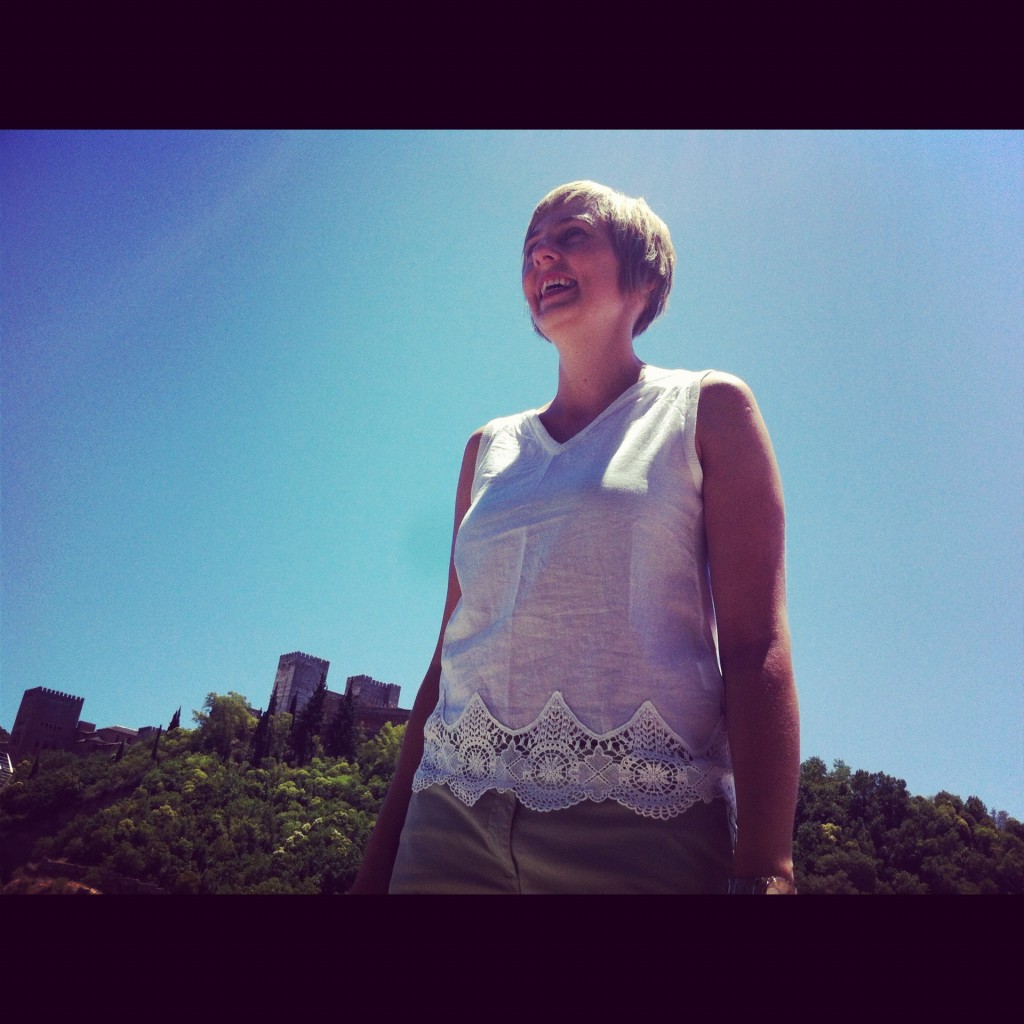Andalucía in springtime is perhaps the closest I can get to nirvana. Yes, the azahar flowers met an untimely death in April and my allergies are rampant, but even the short bursts of rain seem more poetic and more welcome now, because I’ll soon be slurping down snails or sneaking in a beer before work. The sky is blue and the temperature is perfect; the beaches are uncrowded and tourists have yet to choke city centers and my favorite tapas bars.
Even with flight deals to foreign destinations, staying close to home in Andalucía is my first choice when it comes to weekend plans and city breaks. From ferias to romerías, my social calendar is already packed with ideas!
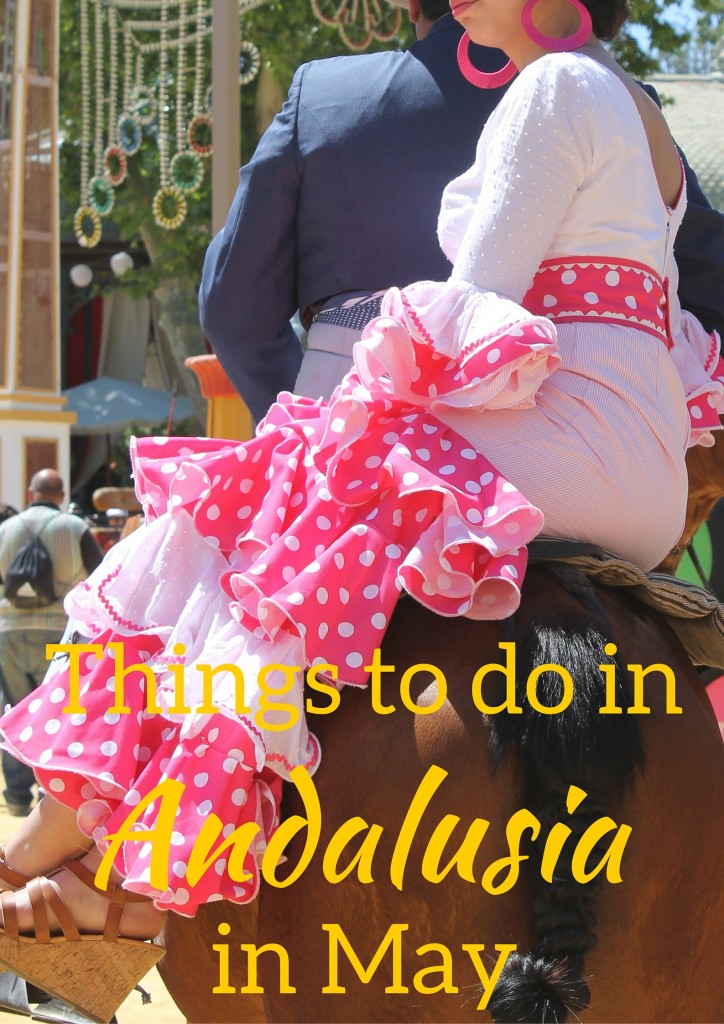
While I’m busy preparing for my sister’s wedding in the US along with the crazed end-of-term tasks, please grab a cervecita and enjoy some of these festivals for me this month!
If you’re flying in to Málaga’s Costa del Sol airport – the largest airport in Southern Spain – book an airport transfer to your destination. Solhop allows you to pre-book online and pay the driver on arrival at your destination
Jerez de la Frontera: La Feria del Caballo
May kicks off with La Feria del Caballo, a smaller more welcoming version of my local Feria de Sevilla in little sister city Jerez de la Frontera. A city renowned for its sherry production and Andalusian horses, the festivities revolve around just those things. Head to the recinto ferial on the north end of town to dance Sevillanas and gawk at horse carriages, glass of fino in hand.
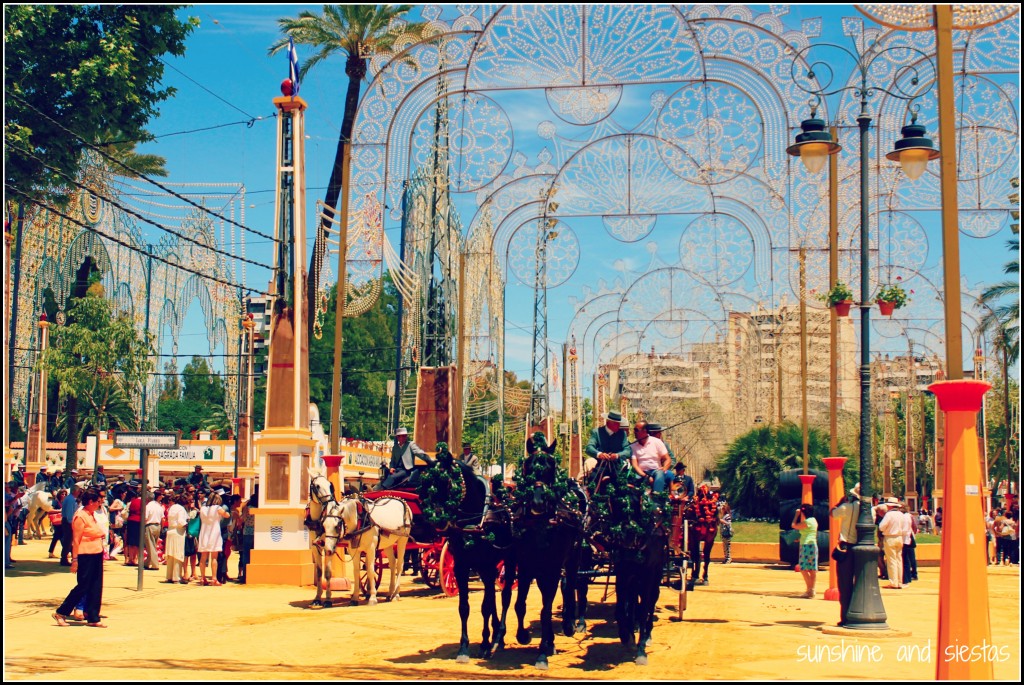
And no need to wear a traje de gitana, chicas – this feria is way more laid-back!
2016 dates: April 30 to May 6
Córdoba: Cruces de Mayo, Festival de los Patios, Feria de Córdoba
Seville’s big month is April, but May is totally Córdoba’s time to shine. While it may not be as grandiose as its westerly neighbor, the Ciudad Califa has THREE festivals of national touristic interest.
Cruces de Mayo, which typically takes place during the first weekend of the month, sees large flower crosses set up in city plazas as offerings (and, rumor has it, there are small bars selling food and drink). Next up is the Patios Festival, where locals open their homes and gardens to the public, their walls and wells draped in beautiful flowers. If your wallet hasn’t burned a hole in your pocket during your stay in Andalusia yet, the cordobés version of a feria closes out the month.
2016 dates: Cruces is April 28 to May 2, after which the Patios are open daily until May 15th. The Feria will be held from the 21st and 28th of the month.
Málaga: Noche en Blanco
Málaga is an up-and-coming touristic epicenter, and the city has responded by offering 20% more activities, openings and gatherings for their annual White Night. Fashioned after its American counterparts, the museums, galleries, expositions and tours here will operate until 2am.
You can see the full program here.
2016 dates: May 14th from 8pm until 2am.
Huelva: La Romería de El Rocío
My first trip to El Rocío – a mere hour’s bus ride from Seville – was one for the books. Straight out of the American Wild West, I was surrounded by people from all over Spain who were devoted to an effigy found near the marshes of Doñana National Park. From parades to enormous corrales housing groups of hermandades, this is certainly quite an event!
I call her the lushy Virgin Mary, as her party on Pentecost Sunday is also characterized by hedonism. After the long walk to the Aldea from various parts of Spain, the statue “jumps” over the altar and is passed around town on the shoulders of her followers. The best part of the Salta de la Reja is that it happens at a different time every year, meaning Sunday night reaches fever pitch proportions.
2016 dates: the carrozas leave their respective hermandades on various days leading up to Pentecost Sunday, which is May 15th this year.
Granada and Almería: Moros y Cristianos
This long-standing festival, reenacting the Christian Reconquest of Spain during the 8th to 15th centuries, isn’t limited to Andalucía – many locals in southwest and south central Spain have their own version of the event. Imagine full-scale battles, costumes and an enormous medieval fair (meat on a stick!). And given that Andalucía – Granada specifically – was the last stronghold of the Moors, the region takes pride in their rendition.
2016 dates: Dates vary by municipality, but count on late May or June; check local websites.
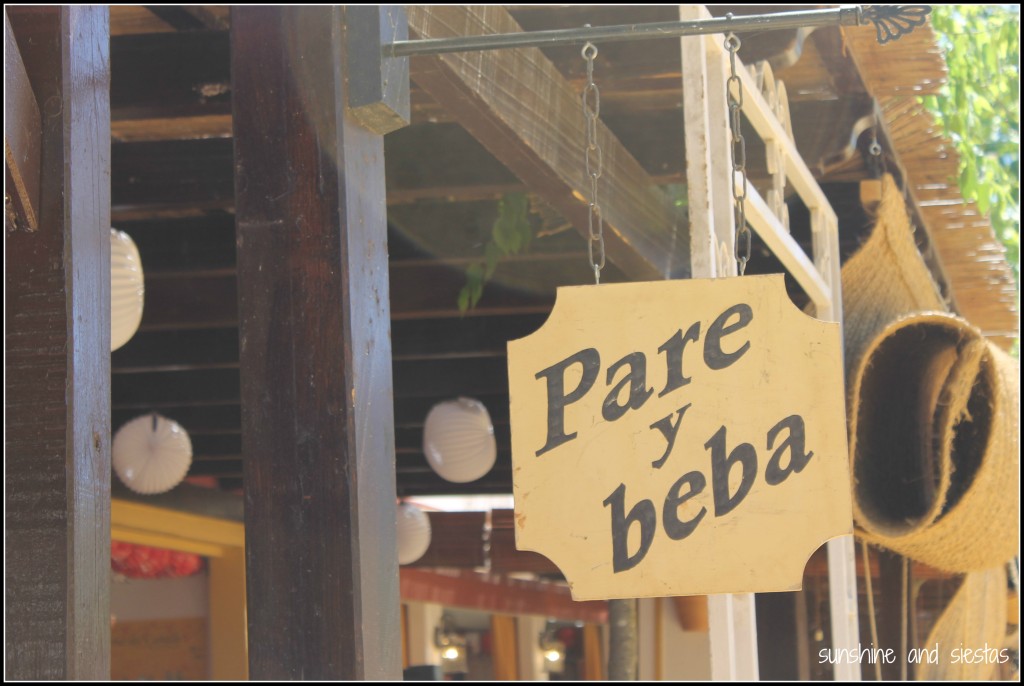
As for Seville? It’s still recovering from Semana Santa and Feria! I’ve been drinking in the temperate weather, the sunny bike rides to work and the longer evening light. Well, that and draining my wallet on gas and bocadillos.
Even if you’re visiting Andalusia on an all-inclusive holiday or cruise, make time to experience these visitor-friendly festivals – they will give you an insight into Andalusian culture and tradition in the wonderful region I now call home.
Curious about events taking place in other parts of Spain? Madrid’s local festival, San Isidro, is marked by bullfights and events around the city, and Girona is famous for its Temps de Flors. Devour Spain covers the ins and outs of San Isidro, and Jess’s photos of the flower festival are gorgeous! And my apologies: I should have pushed publish on this article two weeks ago – oops!
What’s your favorite springtime festival in Spain?
